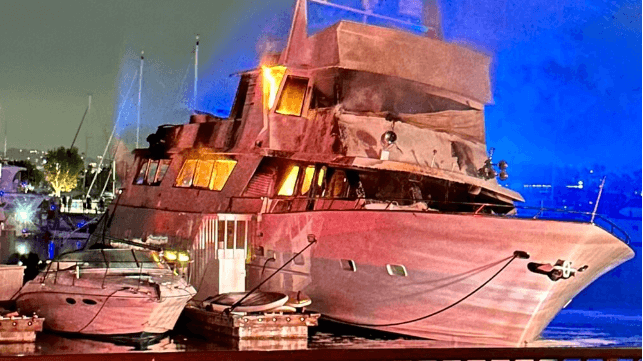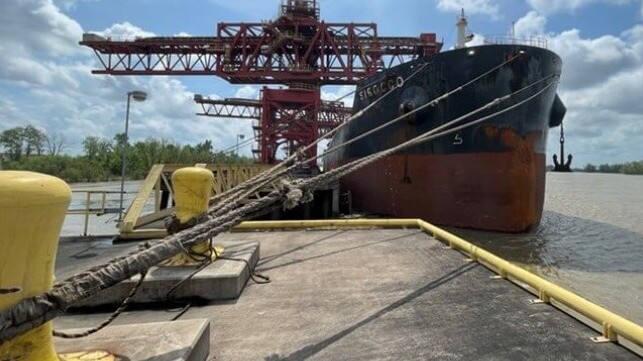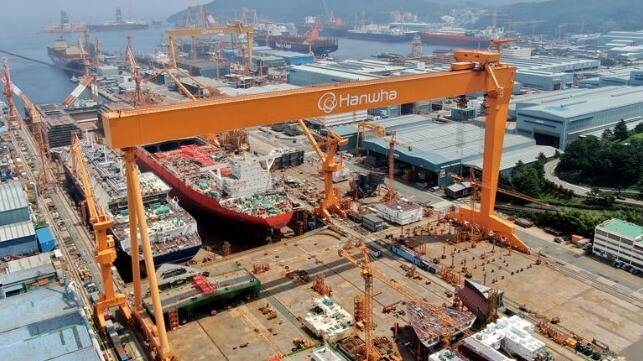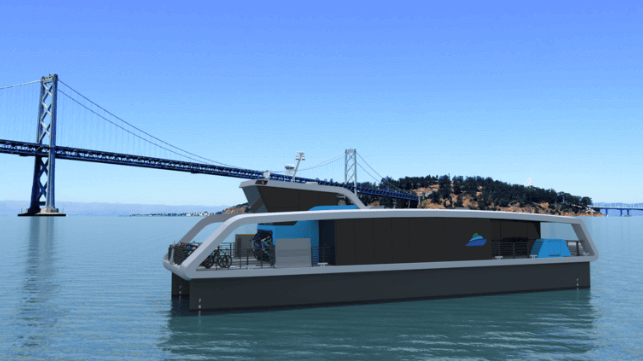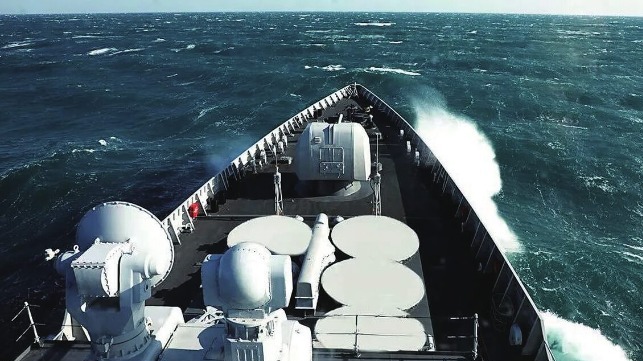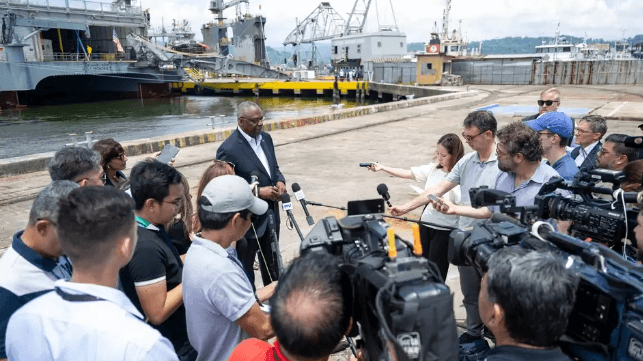The National Trasportation Safety Board has completed its review of a breakaway incident involving a bulker at a terminal on the Lower Mississippi last year. The bulker's winch brakes slipped under heavy tension from the river current, NTSB concluded, and the ship drifted off to hit a moored barge, causing about $5 million in total damages.
On March 24, 2023, the bulker Sirocco arrived at an anchorage at river mile 114 on the Lower Mississippi, and she prepared to call at the Convent Marine Terminal (CMT) at mile 160. The water level was running higher than 12 feet at the Army Corps' Carrolton gage, the level that activates a high water loading plan at CMT. That plan requires a vessel the size of Sirocco to have one hold-in tug and both anchors freed and ready to work. It also requires doubled breast lines on the bow and two head lines forward, fixed to upriver mooring dolphins. These arrangements are intended to keep the current from pulling the ship off the dock.
In the early hours of March 26, Sirocco arrived at CMT and moored with the bow pointed upriver, starboard side to the pier. The master had the crew tie up with 16 lines - including four head lines and two breast lines, per the high-water loading plan - and called for two hold-in tugs on the outboard side. Cargo operations began at about 0300, and Sirocco began to take on a load of 73,000 tonnes of coal.
At about 1230, the port captain for the vessel's operator came aboard Sirocco. He noticed a slack line and informed the master, who had the crew take up slack on all mooring lines. The port captain also noted that the river gage had fallen just below 12 feet that day, so the hold-in tugs were no longer strictly required. This meant that the cost of the tugs would be borne by the shipowner, not the charterer, if the master insisted on keeping them on station - a point that the port captain relayed to the master.
By 1500, after the port captain's repeated prompting, the master released the aft tug and the forward tug. He later told investigators that he was surprised that this was allowed, since the river current was still strong. As measured by the ship's speed log, the river was running 3-4 knots at this point in the day, according to the master and second officer.
As the day went on, the port captain continued to observe slack lines. The deck crew told NTSB that they were continuously working to keep the lines tight, but were also tasked with cargo duties, like opening and closing hatches, cleaning hatch tracks and taking tank soundings.
At 0000 on March 27, the second officer, an AB and an OS came on watch as cargo operations continued. The offgoing watch had been taking slack out of the lines frequently, and the oncoming watchstanders made a round to check all the lines.
Just before 0100, cargo loading operations shifted forward to the No. 2 hold, and the draft at the bow began to increase quickly. When the AB and the second officer went forward to check the lines at 0145, they found that they were "really tight" and the bow had pulled away from the dock.
When they discovered that the mooring winches were not able to pull the breast lines back in, they called the master, who realized that the river current - at that point running at 4.5 knots - was endangering the ship. At 0201 he made an immediate call for tug assistance, and he mustered all crew on deck.
At 0210, the second mate and AB saw that the forward mooring lines were all paying out, and that the port side winches were smoking and sparking. The bow was swinging further out into the river, and as the ship peeled away from the dock, the stern lines began to pay out as well.
The master called the engine room for immediate propulsion, and he had engine control transferred to the bridge by 0216. At this point, the ship was drifting sideways downriver, trailing parted lines. He ordered the crew to drop anchor, and after a delay to ensure their personal safety, the second officer and AB managed to go forward and deploy the starboard anchor and one shot of chain.
The master made a call for tug assistance, and two tractor tugs - Savannah and South Carolina - responded rapidly. They were moored about 700 yards from the drifting ship and were on scene within minutes. However, the trailing lines in the water limited their ability to approach, and they were restricted to the port side for fear of entangling their propellers.
With the help of the two tugs, and after deploying her port anchor with five shots on deck, Sirocco reoriented her bow upstream and briefly slowed her drift to 0.2 knots.
However, the current was strong, and by 0248 the bulker was moving again at four knots astern, headed for a group of moored barges at the Mosaic Uncle Sam terminal. Loading work was under way at the terminal, and the tug Savannah sounded her whistle continuously to warn workers to get off the barges. They evacuated before Sirocco's starboard quarter struck the barge MEM 5087 at 0249, damaging the ship, the barge and the dock. The MEM 5087 was crushed badly enough that it was declared a constructive total loss.
With the assistance of a third tug and with both her anchors, Sirocco held position midriver and awaited a pilot. The ship was safely secured at the Grandview anchorage by 0715.
NTSB determined that the probable cause of the casualty was the bow drifting off the dock during loading of the forward hold, exposing more of the submerged hull to strong river currents. Once this began, the line tension exceeded the brake holding capacity of the mooring winches, which were designed to slip before the tension reached the point where the lines would part under strain. As the brakes slipped, the lines paid out until the ship drifted away from the terminal.
"Crews should ensure that slack is taken out of lines as the vessel loads, especially as the forward draft increases and the bow begins to sit lower in the water, exposing more of the hull to the current," concluded NTSB.
The agency also noted that if the starboard anchor had been let out to an appropriate length for the depth of the water - rather than just one shot - both anchors may have held the Sirocco in position and prevented the allision.
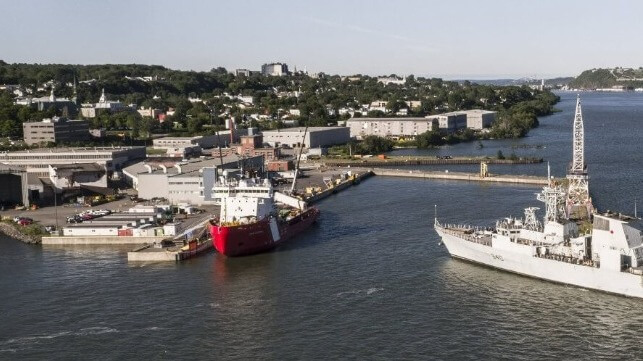

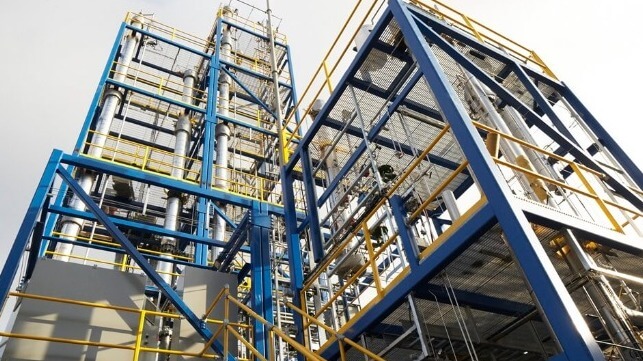
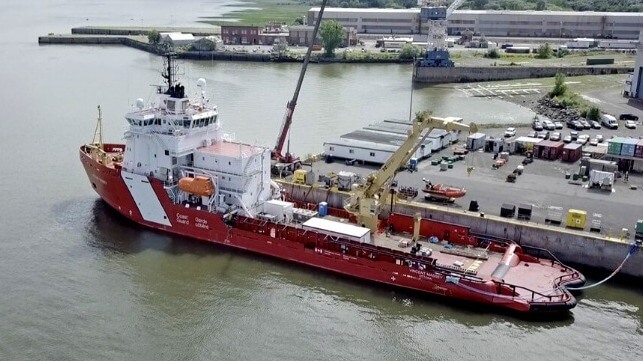
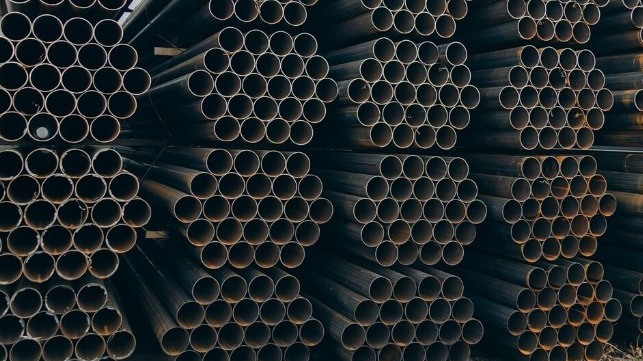

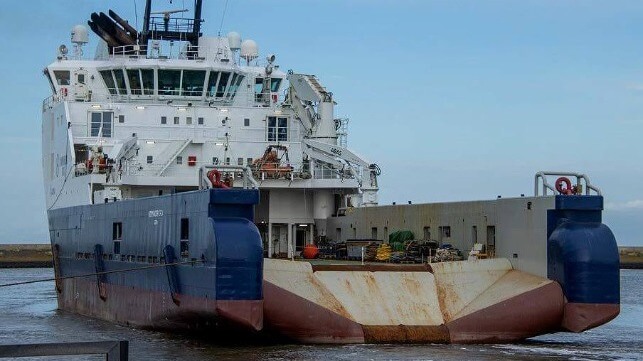
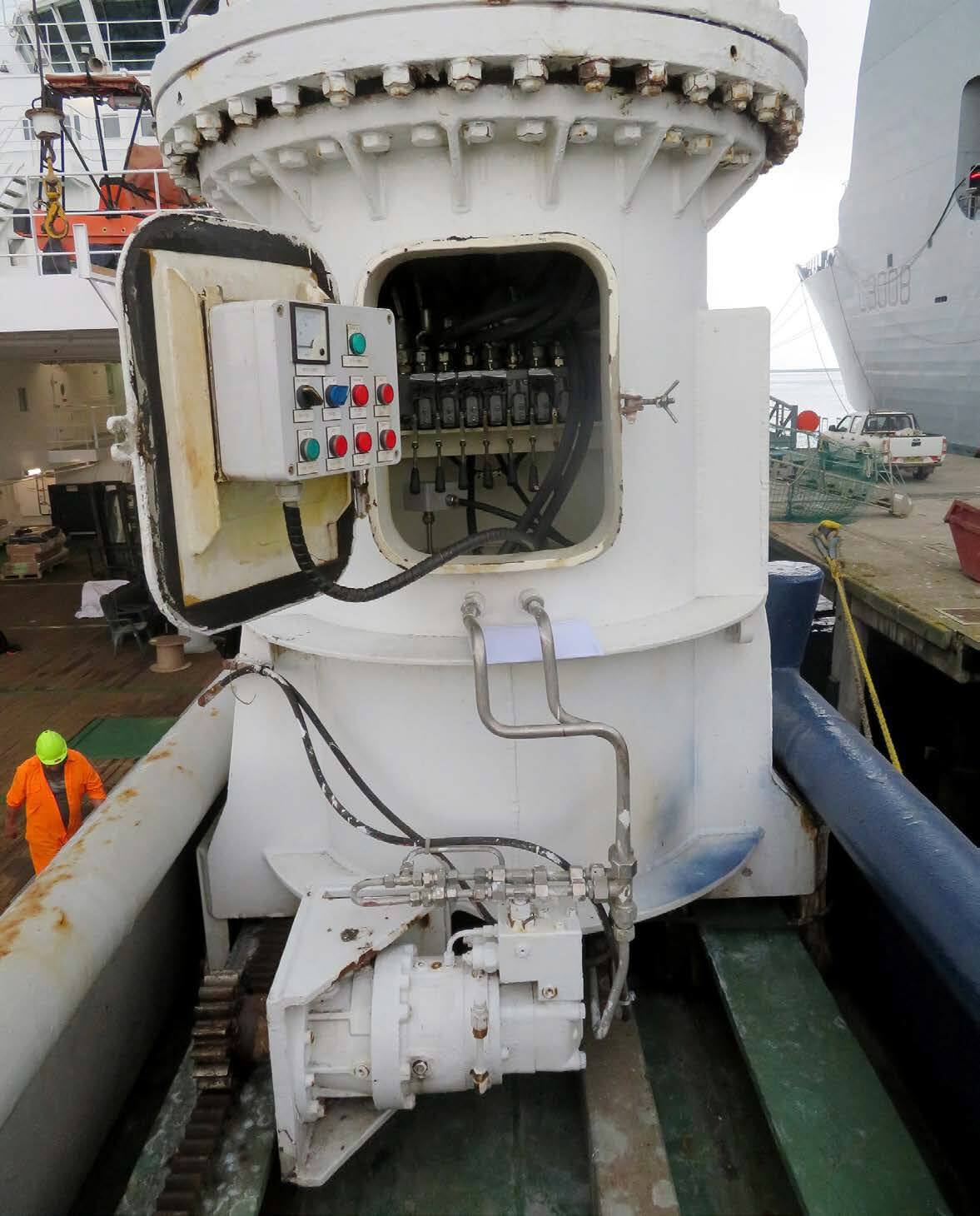 Local emergency hydraulic controls were located inside a small hatch in the crane base, just above the fore-and-aft traverse drive motor and pinion gear (MAIB)
Local emergency hydraulic controls were located inside a small hatch in the crane base, just above the fore-and-aft traverse drive motor and pinion gear (MAIB)